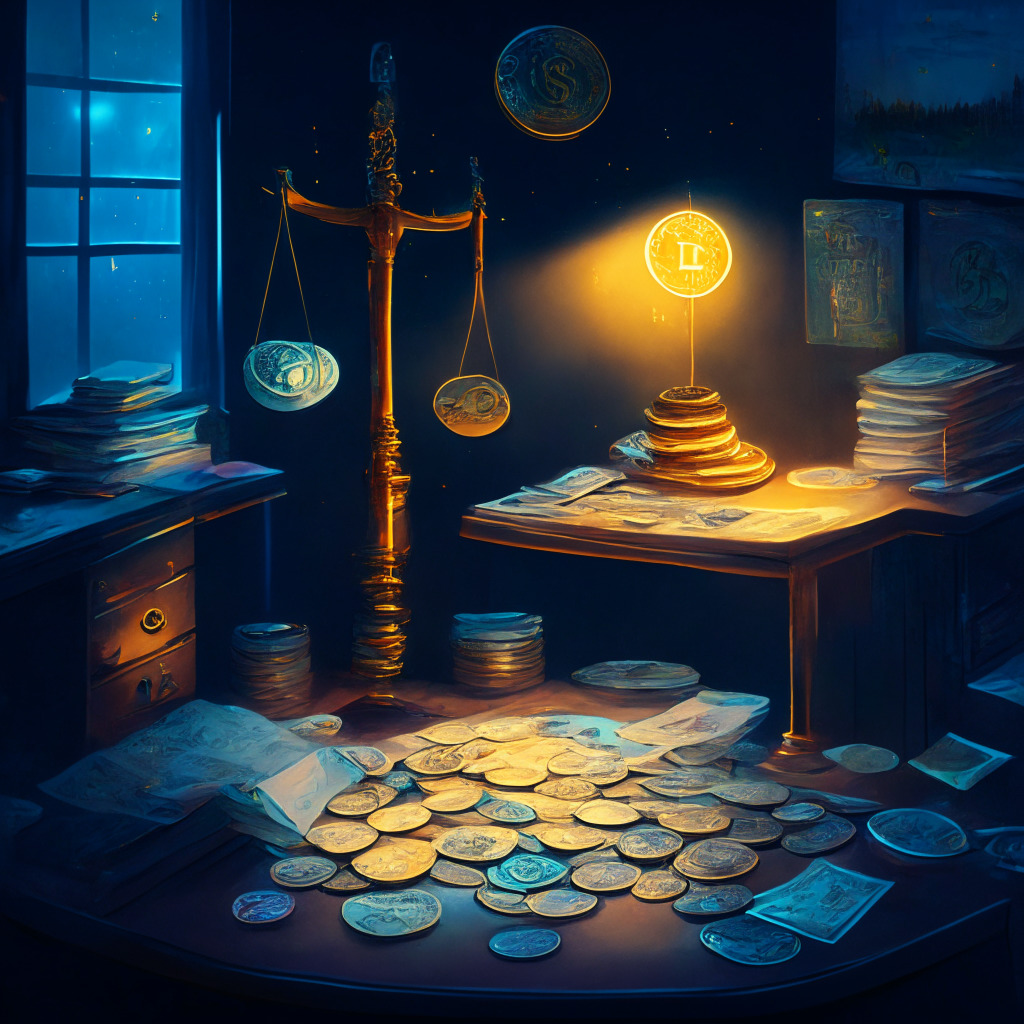In the world of cryptocurrency and blockchain, there is never a dull moment. One moment we are talking about the revolutionary technology that blockchain offers, and the next, we are discussing the potential risks and consequences of not getting it right. This article aims to delve into the diverse aspects of the blockchain technology, its impact on markets, and how safety comes into play in the digital realm.
Blockchain is undeniably the breakthrough technology that underpins cryptocurrencies such as Bitcoin and Ethereum. Its ability to provide immutable, transparent, and decentralized records of transactions allows users to exchange value in ways that were previously unimaginable. However, there lies a common skepticism about whether the technology is truly needed in all sectors, as some critics argue that the adoption of blockchain might just be a hype.
When it comes to market trends, the meteoric rise and unpredictable fluctuations witnessed in the values of cryptocurrencies like Bitcoin and Ethereum capture the attention of enthusiasts and skeptics alike. The promise of high returns may attract a wave of new investors, but on the other hand, many experts continue to see cryptocurrencies as highly speculative and volatile investments that must be approached with caution.
Moreover, the underlying technology has also been misused by cybercriminals and bad actors to facilitate illegal activities, raising concerns about its safety and potential misuse. In the recent past, we have witnessed high-profile thefts and hacks, such as those that happened on Binance and Coincheck – leading to significant losses for investors. This has spurred a continuous debate on whether the benefits outweigh the potential risks.
Avid supporters claim that the challenges faced in the blockchain ecosystem can be addressed through continuous learning and regulatory measures, leading to a safer environment. However, some critics argue that the introduction of more regulations might stifle innovation and hamper the technology’s growth.
Another aspect where opinions remain divided is the widespread adoption of cryptocurrencies as a legitimate alternative to fiat currency. While cryptocurrency advocates laud the benefits of decentralized financial systems over traditional banking, skeptics often bring up the lack of regulatory oversight, price stability, and the energy consumption associated with crypto mining as unfavorable characteristics that hinder its integration into daily financial transactions.
The rise in popularity of digital assets such as non-fungible tokens (NFTs) also added a new dimension to the ongoing conversation around blockchain. While some believe that NFTs could revolutionize content ownership and royalties, opponents question the sustainability of a market based on digital assets that have no physical presence.
In summary, as blockchain technology makes more inroads into our daily lives, it is important that we stay informed, learn from past experiences, and weigh the pros and cons before jumping in. Amidst the uncertainty, one thing is for sure – the blockchain future is here, and now is the time to educate ourselves about both its potential and the roadblocks that lie ahead. After all, as the famous Chinese philosopher Lao Tzu once said, “The journey of a thousand miles begins with a single step.”
Source: Coingape




